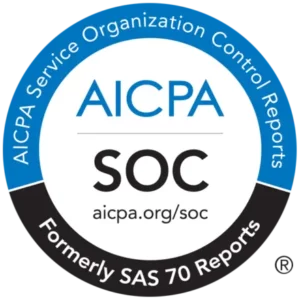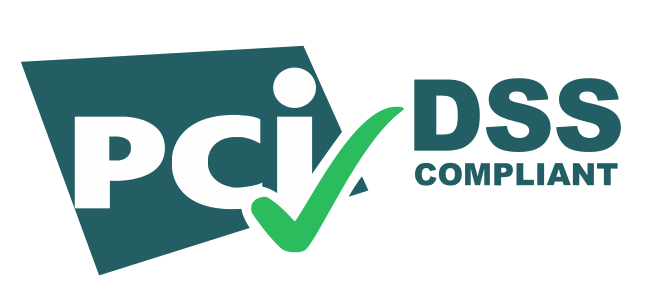New York, NY – February 22, 2024 – According to a 2023 report, by 2026, nearly 90% of all online content will be AI-generated. As a result of AI content saturation, concerns regarding data pollution and inevitable model collapse raise concerns about AI-generated text’s overall quality and reliability.
Furthermore, broader concerns about originality have also begun. In the wake of several lawsuits regarding AI infringing on copyright and potentially plagiarizing, educational institutions and enterprises across the globe are questioning the authenticity of AI text: Where did it originate from? Is it safe to use as original content
Ultimately, does AI plagiarize?
To find out, Copyleaks, the leader in plagiarism identification, AI-content detection, and GenAI governance, conducted an analysis to determine the degree to which AI-generated content is original and free of potential plagiarism.
To conduct this analysis:
Copyleaks asked GPT-3.5 to write 1,045 outputs, averaging 412 words across all outputs, in 26 subjects: Physics, Chemistry, Science, Psychology, Law, Economics, Biology, Business Studies, Engineering, Accounting, Geography, Mathematics, Computer Science, Sports, World History, Philosophy, English Language, Art, Physical Education, Statistics, Social Science, Nature, Music, Sociology, Humanities, Theater.
Copyleaks gauged the specific outputs with the highest levels of identical text (A one-for-one copying of someone else’s text that is passed off as your own), minor changes (Content with minor alterations to the source material, such as altering a verb within a sentence (e.g., slow to slowly), and paraphrasing (Putting someone else’s idea into your own words without crediting the original source) across all 26 subjects.
Key findings from the analysis include:
- 59.7% of GPT-3.5 outputs contained some form of plagiarized content. 45.7% of all outputs contained identical text, 27.4% contained minor changes, and 46.5% had paraphrased text. This also highlights that GPT-3.5 isn’t manufacturing “brand new” text; most of the content hails from a previous source, raising issues around plagiarism, copyright, and intellectual property.
- The individual GPT-3.5 output with the highest percentage of plagiarism was in Physics, where 27.0% of the text was identical. This was followed by an individual Chemistry output where 24.7% of the text was identical.
- The analysis also examined Similarity Scores. The Similarity Score is a Copyleaks-specific scoring method aggregating the rate of identical text, minor changes, paraphrased text, and more. A score of 0% signifies that all of the content is original, whereas a score of 100% means that none of the content is original.
- The subject with the highest average Similarity Score was Physics at 31.3%, followed closely by Psychology at 27.7% and Science at 26.7%. The subjects with the lowest average Similarity Score were Theater at 0.9%, Humanities at 2.8%, and English Language at 5.4%.
The insights provided by the analysis can help educational institutions and organizations put emphasis on certain subjects when checking for plagiarism, allowing them to tailor their approach as needed to ensure all potential risks and concerns are addressed,” said Alon Yamin, CEO and Co-founder of Copyleaks. “For example, Physics, Chemistry, Mathematics, and Psychology might require a more in-depth look to identify plagiarized text, while other subjects, including Theater and Humanities, may require less scrutiny.”
Yamin added: “Furthermore, the data underscores the need for organizations to adopt solutions that detect the presence of AI-generated content and provide the necessary transparency surrounding potential plagiarism within the AI content. Full-spectrum protection that includes AI and plagiarism detection ensures compliance with copyright and licensing and empowers authenticity and originality within all content.”
###
About Copyleaks
Dedicated to creating secure environments to share ideas and learn confidently, Copyleaks is an AI-based text analysis company used by businesses, educational institutions, and millions of individuals around the world to identify potential plagiarism in over 100 languages, uncover AI-generated content, ensure responsible generative AI adoption, verify authenticity and ownership, and empower error-free writing.
For additional information, visit our Web site or follow us on LinkedIn.

